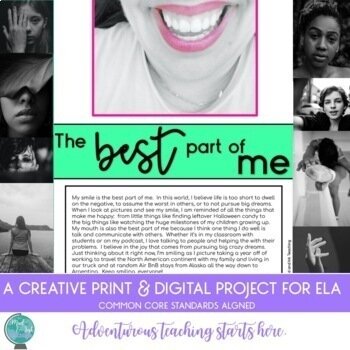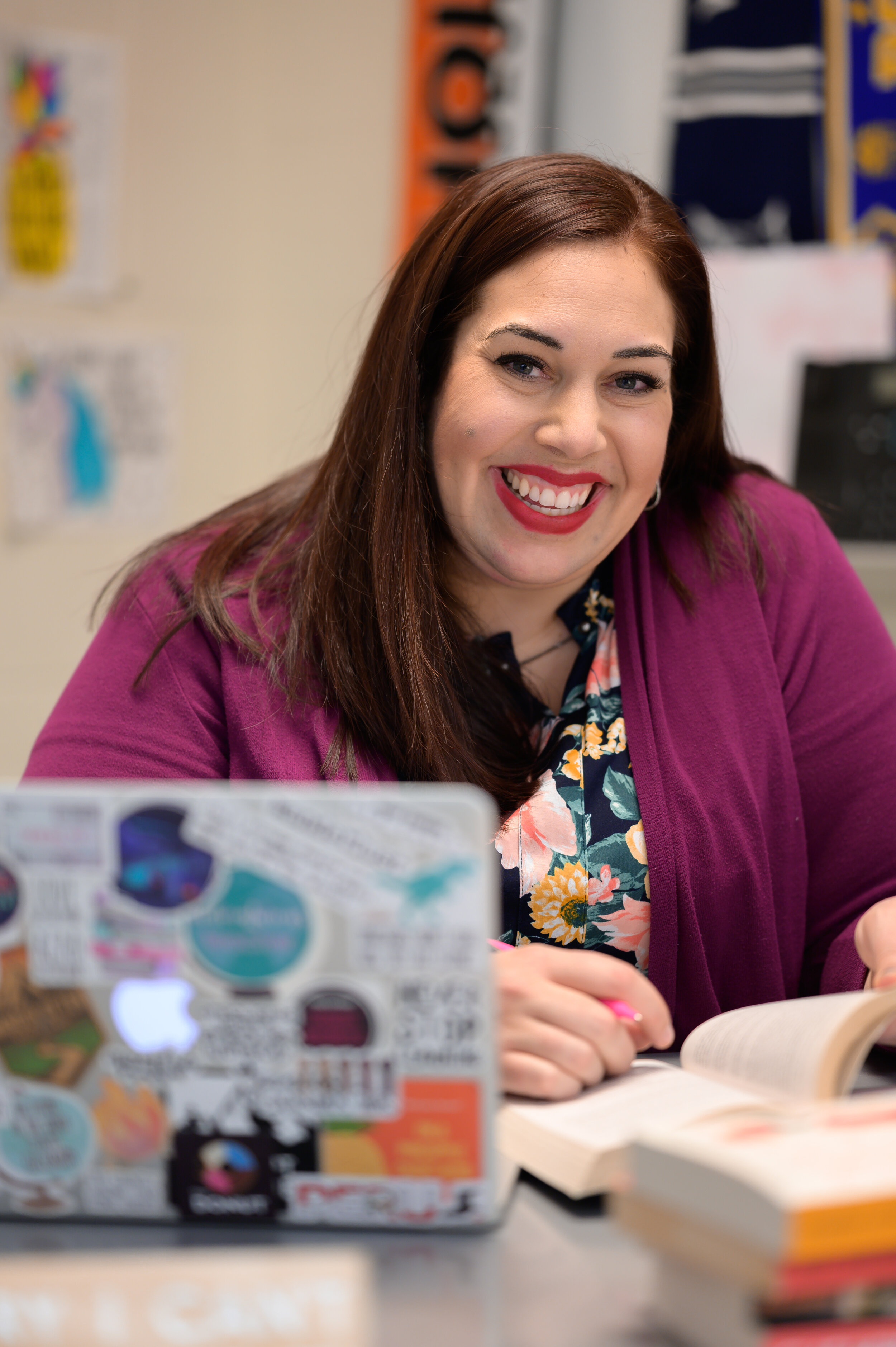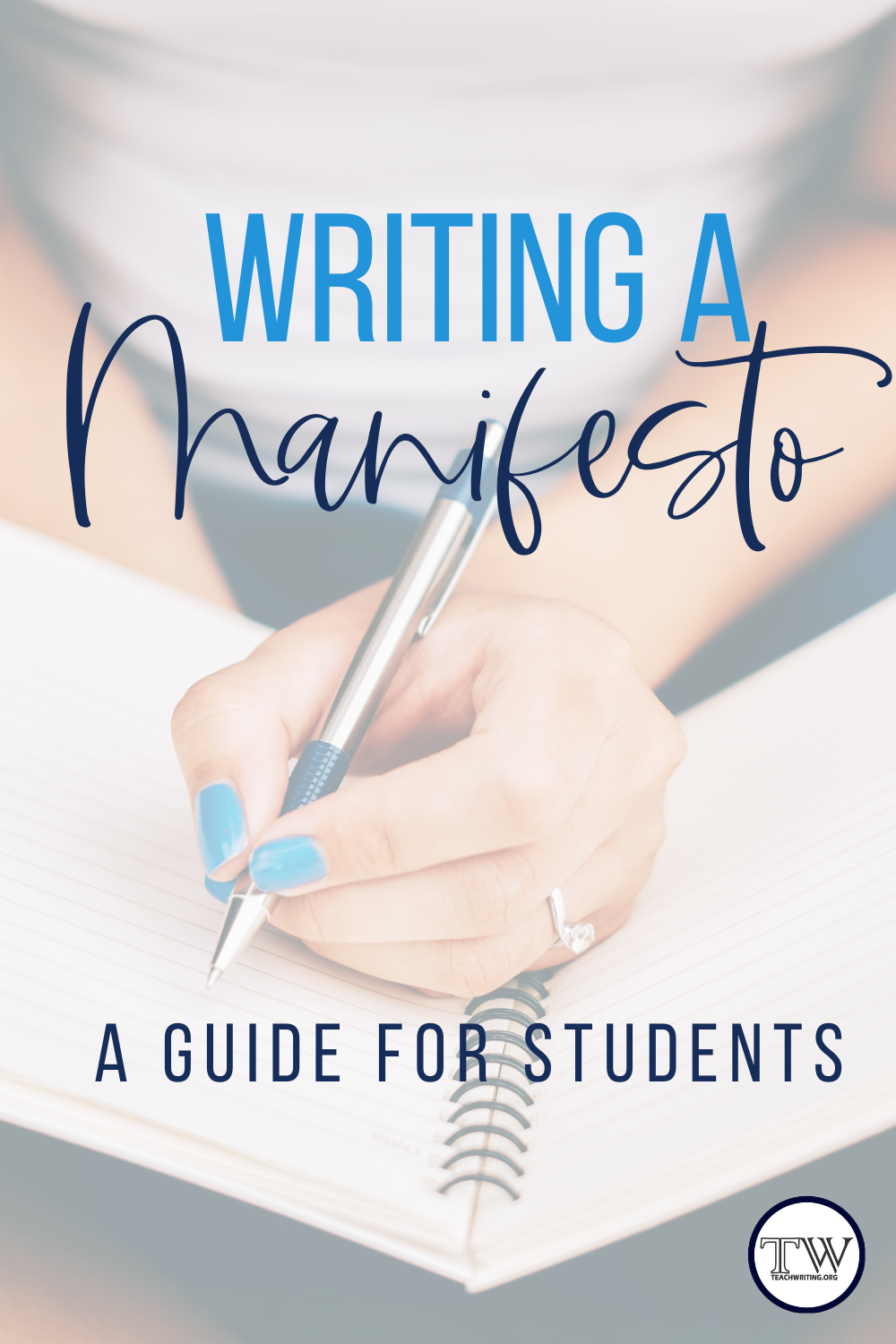Writing a Manifesto: A Guide for Students
Many of us teachers are deeply interested in helping students grapple with and find their own original voices. From “This I Believe” essays, personal narratives, and units based on essential questions that are all about finding students’ core beliefs, this is a goal so many of us share. I’ve found, though, that these longer pieces are difficult for students. Sometimes, packaging the task into a smaller, more concentrated amount of text can help students get to the core of their belief system, and this is why I’ve had so much success with students writing their personal manifestos.
START WITH MENTOR TEXTS
As we do with all other kinds of writing, it’s critical to begin the process of writing with mentors: start writing a personal manifesto by looking at examples of other manifestos! Before even defining a manifesto for students, show them a wide variety of examples. You might even start by showing them two similar versions: a motto and a manifesto. Typically, mottos are short and punchy (almost like six-word memoirs), but manifestos are a bit longer and more poetic in nature. Putting examples in front of students lets them see this type of writing in the real world and get a sense of why a particular person or corporation might use one method over another. There are lots to look at on YouTube as well, so don’t rule out that category! Here’s one of my favorites:
TAP INTO THE “WHY?”
As someone who firmly believes in the power of inquiry, it’s critical that we understand the reasoning behind the activity and show students the WHY from the very beginning.
Why would a company or organization write a manifesto?
I really like how Andrew Dickson puts it. He says, “It’s an argument for a better way of doing things, a big exciting idea, social or political stance, or core belief that an entire company can get behind. Manifestos often need an enemy or something to fight against or an action to take.” This points to the idea that a manifesto is more than a random group of words to create inspiration — they’re standing up to an opposing force. They’re actionable. They define a mission against a reality that isn’t cutting it. To me, this is a beautiful opportunity to teach about claim (or thesis). To CLAIM something means to create an argument. A manifesto is a claiming of belief, and when a company does this, they are holding everyone under that organization’s name to that standard.
Why would students have their own manifesto?
For precisely the same reasons as we outlined above! A personal manifesto is a poetic way of speaking their truth, what they stand up for and stand against. It can become an artifact of their existence: something to post on a bedroom wall, download as a Chromebook wallpaper, and something to post on social media. It’s something students can return to after some time to check in with — are they still aligned with these beliefs? What has changed? What has stayed the same?
Giving students an opportunity to do some short, concentrated belief statement writing can be powerful as they progress toward longer essays. Help students write a manifesto now and later, watch how they take charge of their personal statements, college essays, and scholarship essays! Take a closer look here!
GETTING STARTED
Prewriting
As students are looking at the mentor texts, have them circle or jot down their favorite VERBS and NOUNS. In a manifesto, the verbs are critical — they showcase the action of the statement and can color the tone very specifically. The nouns are where those beliefs hinge: they carry the emotional weight of the manifesto.
Drafting
The drafting process in our classroom begins with direct imitation of mentor sentences from the examples we’ve looked at. After a series of these, students start to drop the language and/or structure of the mentor and start to mold the manifesto to fit more closely with their own voices.
Polishing
The polishing process adds in a new and optional layer, and that is pairing the words of the manifesto with graphic design elements. Using Canva or Google Slides, I give students the space to create their written manifesto into a visual work of art that underscores the tone, message, and themes of the manifesto itself. We discuss the use of fonts, spacing, placement of words, and more by referring back again to our mentor texts.
Displaying
I’ve displayed student work in a lot of creative and fun ways over time. Here are a few ideas:
Creating an online magazine using FlipSnack (I use this also with my The Best Part of Me project)
Print and display on a bulletin board
Stich all graphics together to save as one larger image file. Make it your desktop background so kids see it every time your screen is projected!
Have students save theirs in 9 X 16 size and make it their cell phone wallpaper
Hang the printed versions from a piece of twine with clothespins
Encourage students to use their manifesto in their email signature
SPOTLIGHT RESOURCE:
If you need some other ideas using writing to help students celebrate their unique qualities and get to know their classmates even better, try this photography essay project! It’s a favorite every year.
ABOUT THE AUTHOR
Amanda is the author of Mud and Ink Teaching and a collaborative blogger on Teachwriting.org.
A high school English teacher of every level from ESL to AP Language, Amanda has made it her life’s work to encourage students and teachers to join her on an adventurous teaching and learning journey. Amanda is a full-time teacher author after spending thirteen years in the classroom. She writes curriculum for the high school level, coaches teachers 1:1, and travels with her family whenever possible. Amanda’s obsessed with poetry, argumentation, and showing students the power of taking chances in their writing. She is also the co-host of the podcast Brave New Teaching.
Visit Amanda on Instagram, Facebook, or Twitter for English teacher inspiration and powerful community.





